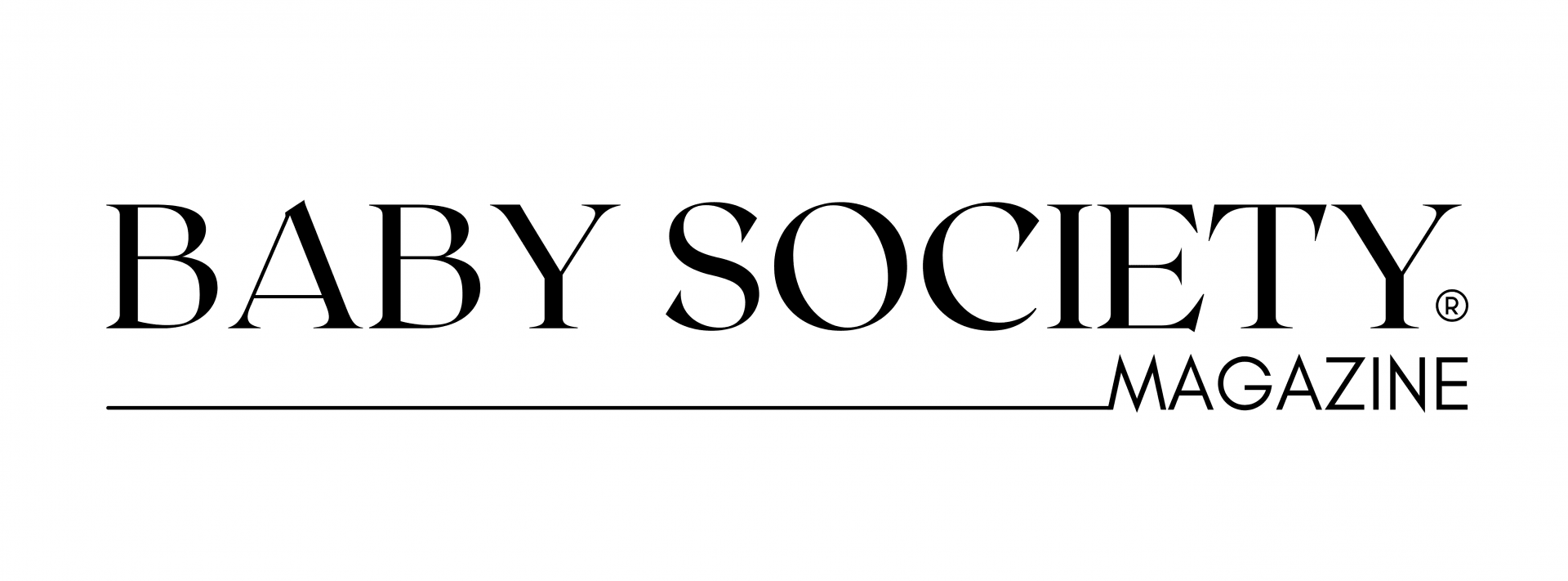
Were you or someone you know completely blindsided by the transition to Motherhood? Maybe you read all the books and took the classes, hired a doula, and researched the best crib. You made a birth plan, bought a hands-free pump, and invested in a Snoo, and still motherhood was not what you thought it would be.
So many women fall victim to the myths of motherhood and believe the lies told on Instagram, in movies and unfortunately from friends and relatives. They believe that being pregnant is magical, that their motherly instincts will kick in and that they will sleep when the baby sleeps. What happens when these things do not come to fruition? These women believe that something is wrong with them when their reality does not align with the lies they have been told and the social media highlight real.
From the moment you find out you are pregnant, whether the first time or the fifth, the realization that change is coming is an unavoidable truth. This truth can be exciting and terrifying at the same time and these contradictory beliefs can lead to debilitating doubt. Doubt that you will be a good mother, doubt that your heart can make room for another baby, doubt that your marriage will survive another child, doubt that your career will wait, and doubt that you will not lose yourself in the process.
This doubt is further fueled by the body changes, hormonal changes, and social changes. Even when the change is desired and welcomed, change can leave us feeling lost, afraid, and anxious about what is to come.
MATRESCENCE
As a Licensed Marriage and Family Therapist specializing in Maternal Mental Health, I have seen hundreds of mothers in my practice. There are two things that seem to always calm fears and anxiety. The first is to have language to explain their experience and the other is to feel like they are not alone. I spend a great deal of time helping pregnant women and new mothers to understand the struggle they are experiencing and give it a name: MATRESCENCE.
Simply, matrescense can be explained as “the transition to motherhood.” However, in reality, it’s quite complex. The term was coined in the 1970s by medical anthropologist Dana Raphael (she also popularized the term “doula”) who equated the transition from women to mother with the transition from child to adult during adolescence.
Matrescense and adolescence are quite similar in that during both developmental stages we experience hormonal changes, changes to our bodies and changes to our roles and responsibilities in society. It is a season of preparation for what is to come. Just as in adolescence, it is hard to predict the trajectory and course of matrescense as it is individual to each woman. Some women find the transition to motherhood a seamless process lacking difficulty and discomfort, and conversely a number of women struggle with the transition and find great discomfort and doubt in the changes.
“When a Child is Born, a Mother is Born Too”
It is common that women will come to see me during pregnancy or the postpartum period with the belief that they have postpartum or perinatal depression. In reality, they are experiencing the discomfort from the changes caused by matrescense. Reproductive Psychiatrist, Alexandra Sacks, helps her clients normalize their experience by explaining that discomfort does not always mean disease.
Women undergoing the transition of matrescense often feel a pull towards their baby caused by the bonding chemical oxytocin but a simultaneous pushing away as she strives to stay connected to the parts of her identity that existed before baby. Women often find success when they can strategically incorporate parts of their previous (before baby) identity into their new motherhood identity. The phrase “When a child is born, a mother is born too” accurately reflects the process of Matrescense.
Written by Carly L. Kramer, M.S, LMFT
